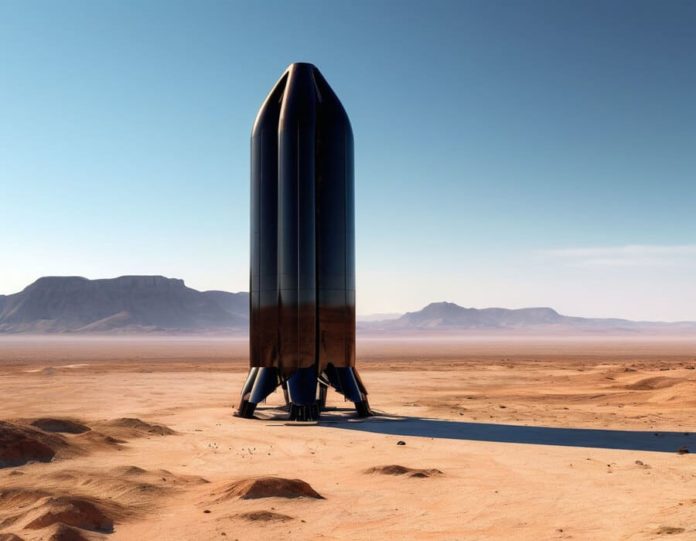SpaceX’s starship test flights
SpaceX continues to make headlines with its ambitious Starship program. The company’s goal is to create a fully reusable spacecraft capable of carrying humans to Mars and beyond. Recent test flights have included high-altitude tests of Starship prototypes. Although some of these flights have ended in spectacular explosions, each one provides valuable data to improve the design and operation of the spacecraft.
NASA’s Artemis I mission
NASA’s Artemis I mission represents a significant step toward returning humans to the Moon. This uncrewed test flight of the Space Launch System (SLS) rocket and Orion spacecraft aims to demonstrate the capabilities of the new system. The successful launch and recovery of Artemis I will pave the way for future crewed missions, with Artemis II set to follow with astronauts on board.
Blue Origin’s New shepard
Blue Origin, founded by Amazon’s Jeff Bezos, has been conducting regular suborbital flights with its New Shepard rocket. These missions are designed to carry scientific experiments and space tourists to the edge of space. Recent launches have seen successful flights and landings, with Blue Origin aiming to make space travel more accessible to private individuals.
Rocket Lab’s electron missions
Rocket Lab, a private aerospace manufacturer, has been busy with its Electron rocket launches. The company specializes in small satellite launches and has been conducting frequent missions to deploy various payloads into orbit. Recent launches include missions for government and commercial clients, highlighting the growing demand for small satellite deployment.
China’s long march 5B
China’s space program continues to advance rapidly, with recent launches of the Long March 5B rocket. This heavy-lift vehicle has been instrumental in deploying modules for the Chinese space station, Tiangong. The successful assembly of Tiangong marks a significant achievement for China’s space ambitions, with plans for further expansion and crewed missions.
United Launch Alliance (ULA) Atlas V
The United Launch Alliance, a joint venture between Boeing and Lockheed Martin, has also been active with its Atlas V rocket. Recent launches include missions for NASA and the Department of Defense, showcasing the reliability and versatility of the Atlas V. These missions often involve deploying critical satellites for weather forecasting, communication, and national security.
Indian Space Research Organisation (ISRO) PSLV
India’s space agency, ISRO, has been conducting launches with its Polar Satellite Launch Vehicle (PSLV). Recent missions include the deployment of Earth observation satellites and international payloads. ISRO’s continued success with the PSLV highlights its growing capabilities in the global space industry.
Arianespace Ariane 5
Arianespace, the European launch service provider, has been conducting missions with its Ariane 5 rocket. Recent launches include deploying communication satellites and scientific payloads for international clients. The Ariane 5’s reliability and performance make it a preferred choice for heavy payloads to geostationary orbit.
Japan’s H-IIA and H3 rockets
Japan’s aerospace agency, JAXA, has been active with its H-IIA and the development of the new H3 rocket. Recent launches include deploying satellites for Earth observation and space science. The upcoming H3 rocket is expected to enhance Japan’s launch capabilities, offering a more cost-effective solution for a variety of missions.
The recent rocket launch activities reflect a vibrant and dynamic space industry, with significant contributions from both government space agencies and private companies. These missions highlight the global effort to explore space, advance technology, and expand our understanding of the universe. As the frequency and complexity of launches increase, the future of space exploration looks more promising than ever.













